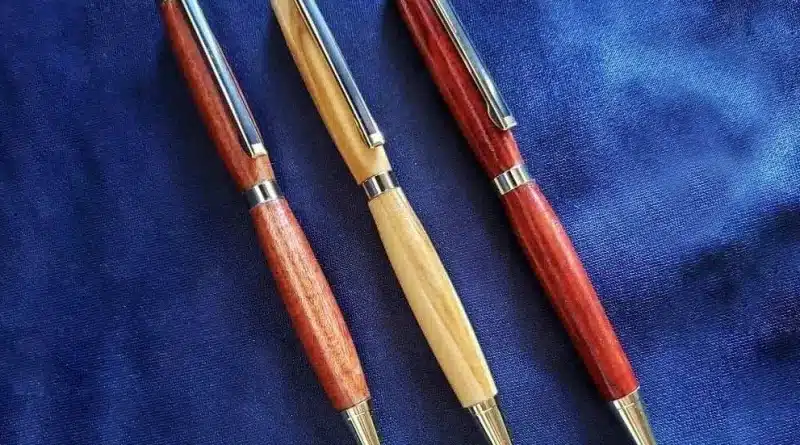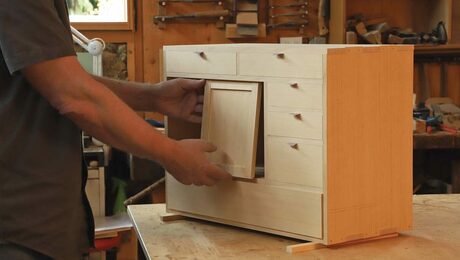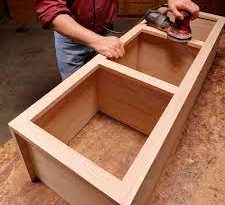Preparing the Blanks – Step 3 in My Pen Making
Preparing the Blanks
Now is the time to prepare the blanks for the turning process.
Cut Blanks to the length
The blanks are first cut to length. I cut them to length on a bandsaw, about 3 mm longer than the brass tube that I insert. The tube houses the internals of the finished pen.
Drill a hole through the center
First, I drill a hole through the blank that will allow the brass tube to fit. At first, I used a hand-held drill press to drill the holes but I rarely achieved a straight hole through the center of the blank. However, I had other processes to fix it. My second process in drilling the center hole was with a pedestal drill, with a small homemade clamp to hold the blank.
This worked well, but I found that I had to align the pedestal drill every time I used it. Now, since I acquired a “Jacobs Chuck” (a chuck that I put in the tailstock of a lathe with a drill bit) I can drill the blanks on the lathe and the holes are always in the center of the blank. I can also successfully drill much deeper holes than before, as I need them for the long blanks for the Executive Clicker and other single-barrel pens.
Gluing the tube
Next, the tube is glued into the blank. I “rough up” the brass tube to help the glue stick to it. For timber blanks, I use “gorilla” glue, and for acrylic blanks, I use CA glue (super glue). Allow the glue to dry.
Squaring the blanks
After the glue has dried, I “square” the ends of the blanks so that they are perpendicular to the tube. There are two methods for this job. (a) using a specialized pen mill. This is a small milling head that is placed into a drill with a lead that fits into the tube. As the drill is turned the milling end cuts the material away making it perpendicular to the tube. And (b) With a homemade alignment device, the ends a squared on a sanding disc. Both ends are then square with the tube.
The blanks are then ready for the lathe.
The blank preparation is the longest part of the pen-making process. Hence, in most cases, I prepare the blanks in batches of twenty or so, when making larger orders. The glue needs to be fully cured before the next step can be taken.




